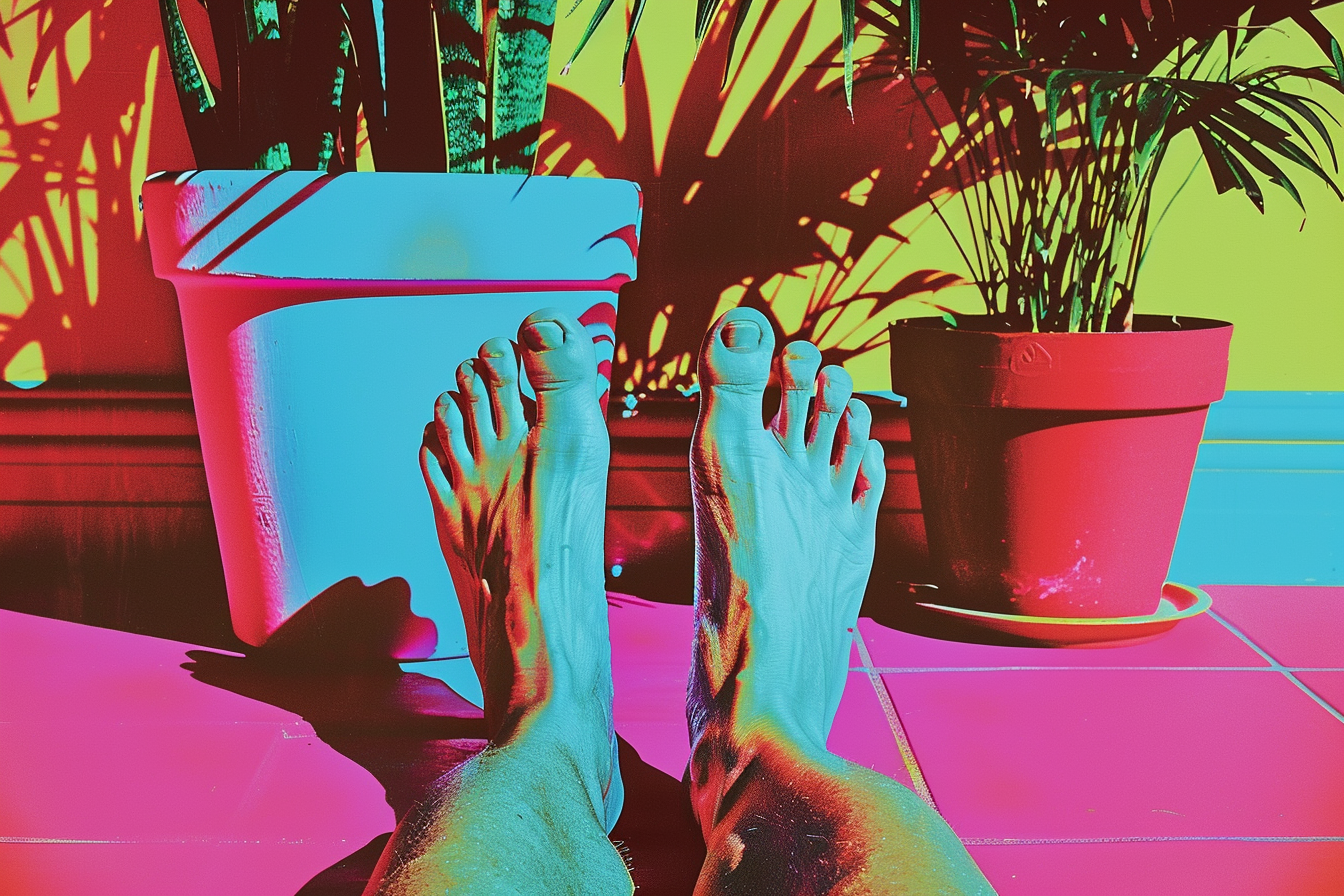
Why Witch Hazel Could Be the Solution You Need
If you’ve ever battled with stubborn pimples, you’re not alone. Acne-prone skin requires attention, and the right products can make a big difference.
This article will cover: key benefits of witch hazel, tips for incorporating it into your routine, and guidance on choosing the best option for your skin type.
Discover how this botanical ingredient addresses oil control, calms irritation, and supports healthier-looking skin—all without unnecessary additives that may cause dryness or sensitivity.
Understanding Witch Hazel’s Role in Your Skincare Routine
Witch hazel, extracted from the North American shrub Hamamelis virginiana, has been valued for its skin-soothing properties for generations. This botanical ingredient is known for its astringent, anti-inflammatory, and antimicrobial qualities, making it a helpful option for people dealing with acne-prone skin. When used correctly, it can help calm irritation, reduce redness, and support oil control, which are common concerns for individuals with combination or oily skin.
Key Components That Make Witch Hazel Effective
Witch hazel’s leaves and bark are rich in tannins and polyphenols—compounds that naturally tighten skin, soothe inflammation, and reduce oil buildup. These characteristics can help prevent clogged pores, making it useful for addressing mild acne concerns. However, for sensitive or dry skin types, you’ll want to stick to formulations without added alcohol. Alcohol-free products minimize the risk of further irritation or dryness, leaving your skin feeling balanced.
Benefits for Acne-Prone Skin
- Oil Control: Regulates excess sebum production, reducing shine while lowering the chance of breakouts.
- Astringent Effects: Shrinks the appearance of pores and reduces the likelihood of clogging.
- Anti-Inflammatory Properties: Helps calm redness and swelling associated with pimples, improving skin appearance.
- Antimicrobial Support: Targeted compounds may inhibit skin surface bacteria that contribute to breakouts.
How to Incorporate Witch Hazel into Your Routine
Steps for Proper Application
- Start by thoroughly cleansing your face, choosing a gentle, non-stripping cleanser suited for your skin type.
- Soak a cotton pad with an alcohol-free witch hazel product.
- Gently sweep the pad over areas prone to oil or breakouts, such as your forehead, chin, jawline, and T-zone. Avoid vigorously rubbing.
- Allow the product to dry naturally. Follow up with a non-comedogenic moisturizer to keep your skin hydrated.
Frequency and Precautions
- Begin with one application per day to monitor your skin’s tolerance. If your skin doesn’t show signs of increased dryness or irritation, use it twice per day—morning and evening.
- Always perform a patch test before widespread use to check for sensitivity. Apply to a small area, like your inner arm, and wait 24 hours.
- If redness, stinging, or irritation develops, discontinue use immediately and consult a dermatologist for guidance.
Choosing the Right Witch Hazel Product
- Look for Alcohol-Free Formulations: This minimizes dryness and makes the product safer for long-term use, especially on combination or sensitive skin types.
- Prioritize Minimal Ingredients: Select products that avoid unnecessary additives or fragrances that may irritate your skin.
- Spot Application Options: Consider formulations specifically designed for targeted use if your acne concerns are isolated.
Scientific Insights into Witch Hazel’s Benefits
Though many users report significant benefits, it’s important to acknowledge the limited scope of scientific studies regarding witch hazel as a sole acne treatment. The available research supports its ability to regulate oil production, reduce inflammation, and manage bacteria on the skin, which are all steps toward keeping mild acne under control. However, severe or persistent acne often requires a more comprehensive treatment plan involving clinical-grade ingredients.
How it Compares to Other Treatments
Compared to stronger acne treatments like salicylic acid or benzoyl peroxide, witch hazel provides a milder, gentler approach. This makes it a good option for you if you’re prone to sensitivity or prefer natural ingredients. However, its effects may not be sufficient on their own if you’re dealing with moderate to severe acne. Combining witch hazel with dermatologist-recommended treatments can optimize your results while supporting the overall health of your skin barrier.
Tips for Long-Term Use
- Use sparingly to avoid over-drying your skin. Overuse may lead to a compensatory increase in sebum production, making breakouts worse.
- Monitor your skin regularly and adjust the frequency as needed, especially if environmental factors like weather or stress levels change.
- Keep witch hazel as part of a balanced skincare approach. Include hydrating serums and SPF to prevent dryness and sun damage.
- Always seek professional advice for advanced concerns, such as hormonal breakouts or post-inflammatory hyperpigmentation.
Practical Tips for Using Witch Hazel
Witch hazel is an accessible and versatile component that can complement your skincare routine with careful usage. By understanding its benefits and limitations, you can better manage common skin concerns like oil control and irritation.
Key Takeaways for Effective Application
- Use alcohol-free formulations to prevent unnecessary dryness or irritation, especially for sensitive and combination skin types.
- Incorporate witch hazel as a toner in your routine after cleansing to maintain clear and balanced skin.
- Focus on moderation by starting with one application per day, gradually increasing if no adverse effects occur.
- Patch test a small area before full application to ensure compatibility with your skin.
When to Seek Additional Support
If you face persistent breakouts or advanced skin concerns, witch hazel is best used alongside dermatologist-guided treatments. Consulting a professional ensures comprehensive care tailored to your needs while minimizing risks.
Long-Term Benefits Through Balanced Skincare
Consistency is key when integrating witch hazel into your routine. Combine it with hydration-focused products for smoother, healthier skin over time.
Citations:
https://www.exposedskincare.com/blogs/blog/witch-hazel-for-acne https://qaziclinic.com/resources/witch-hazel-for-acne/ https://www.healthline.com/nutrition/witch-hazel-benefits-uses https://www.ncbi.nlm.nih.gov/pmc/articles/PMC3834722/ https://www.ncbi.nlm.nih.gov/pmc/articles/PMC4798201/ https://www.ncbi.nlm.nih.gov/pmc/articles/PMC4843961/ https://www.ncbi.nlm.nih.gov/pmc/articles/PMC4843962/ https://www.ncbi.nlm.nih.gov/pmc/articles/PMC4843963/ https://www.ncbi.nlm.nih.gov/pmc/articles/PMC4843964/ https://www.ncbi.nlm.nih.gov/pmc/articles/PMC4843965/©copyright 2024, Valentia, All rights reserved.









